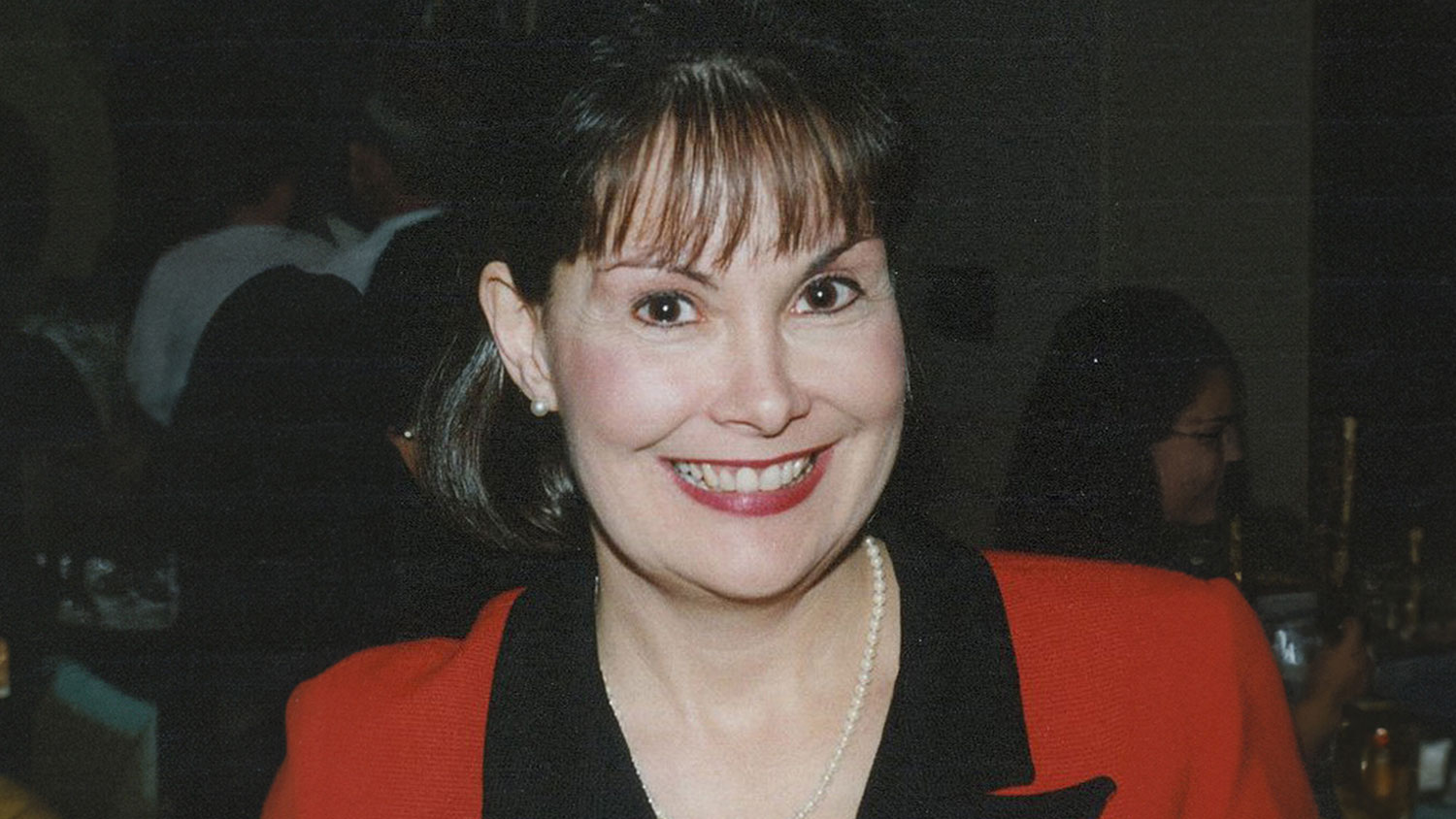Studying Sneakerheads

Written by Cameron Walker
1985 brought us New Coke, CDs, Nintendo, the first version of operating system Windows and the films “Back to the Future” and “The Goonies.” But perhaps the most significant pop culture development that year was the fruit of an endorsement deal between NBA rookie Michael Jordan and Nike: the Air Jordan sneaker. It became an instant classic. The futuristic shoe captured lightning in a bottle — the possibility and promise of a rising basketball star was etched in its red, white and black colorway. This was the moment modern sneaker culture was born.
Ever since, a thriving subculture of sneaker lovers has grown worldwide. They call themselves sneakerheads — those passionate about collecting and/or trading sneakers. Sneakerheads eat, sleep and breathe sneakers; they will camp out for days to get their hands on a limited release pair, they visit trade shows and sneaker conventions, they scour apps and the internet to get the scoop on new celebrity collaborations and drop dates for designer shoes. Some own hundreds, even thousands of pairs, and some pay thousands of dollars for rare finds.
The Study
Textile and Apparel, Technology and Management (TATM) assistant professor Delisia Matthews studies alternative consumption, in which individuals consume apparel, accessories and footwear in different ways or venues, such as fashion trucks or rented clothing.
“Another way that their consumption could be different is them saying, ‘I don’t just buy here and there, but it is truly a part of my lifestyle and I choose to impulsively, compulsively buy,’” she said.
Enter sneakerheads, for whom compulsive consumption is part of life.
Fascinated by sneakerhead culture, Matthews and research assistant Nimet Degirmencioglu, a Ph.D. student in the Textile Technology Management program, embarked on a study to uncover and explore the consumer behavior, attitudes and motivations of sneakerheads. The research team also partnered with NC State Department of Social Work assistant professor Qiana Cryer-Coupet, who was interested in learning the social impact of the sneakerhead trend.
Matthews and Degirmencioglu presented their findings this spring at the National Conference of the Popular Culture Association/American Culture Association in Washington, D.C.
In the summer of 2018, Matthews and Degirmencioglu conducted one-on-one, in-depth interviews with self-proclaimed sneakerheads in the Triangle area, starting with local stores.
“What we found is, once we started having these conversations, [the subjects] are so excited that people truly want to learn about the culture. And so they start sharing, ‘Hey, you need to talk to this guy. You think I have a lot of shoes, you should talk to him,’” Matthews said. They used this snowball method to recruit new interviewees, then hit the road for a large sneaker expo, SNKRMANIA DMV, where they had over 100 attendees fill out surveys.
“They know what leather is used and the quality, they can differentiate between an original and a fake sneaker or a knock-off,” said Degirmencioglu. “I was amazed at the depth of knowledge they acquired over the years and how willing they were to share their passion and knowledge.”
After gathering and sifting through the data, they identified three broad themes: “Started From the Bottom, Now We’re Here,” “All About the Jumpman” and “For Members Only.”
Started From the Bottom, Now We’re Here
Matthews and Degirmencioglu found that the nostalgic nature of sneakers is what lures many sneakerheads into the culture.
The sneakerheads they talked to developed a love of sneakers in their childhood; however, many of them were not able to afford the shoes they wanted at the time.
“Growing up in a very modest kind of background, clearly there was a desire [to have the right gear and shoes], but the reality is a lot of stuff you wanted, your parents couldn’t pay the money for them,” said study participant Ray.*
Another participant, Miguel, agreed.
“That’s how I got hooked into the sneaker game, I took advantage of making up for all those times when I was a kid where I couldn’t have what I wanted,” he said.
Buying the sneakers they want today, or even a retro version of the sneakers they wanted long ago, can be an attempt to fulfill that childhood longing.
“That’s what motivates the purchase — the nostalgia aspect — but also the fact that [they] now have the means to purchase,” said Matthews.
All About the Jumpman
Matthews and Degirmencioglu found a strong brand preference for Nike, especially Jordans, among the participants.
“It kind of started out of a love for Michael Jordan and basketball,” said study participant Cesar. “It was…a segue into liking sneakers. Jordans are kind of like a base level for all sneakerheads.”
The iconic Jumpman logo features Michael Jordan’s silhouette dunking a basketball; it was first used on the Air Jordan III, released in 1988.
“They all talked about this Jumpman and what that represents… it’s not just about the shoe, but it’s what the shoe represents,” said Matthews. “It represents Jordan and his athleticism. It started off as wanting to “Be Like Mike”† [and so] the way that they look at the Jordan brand is very different than any other brand.”
Jordans are the gold standard, but for millennials and younger sneakerheads, the caché extends to other brand collaborations with celebrities, like Kanye West’s Yeezy collaboration with Adidas, Rihanna’s collaboration with Puma and the upcoming Adidas/Beyoncé collaboration.
For Members Only
Sneakerheads have built their own community — an exclusive culture with unique social practices, said Matthews and Degirmencioglu. They gather at sneaker stores, campout lines and trade shows, but there is a uniquely 21st century way to gain membership in the sneakerhead club: the app. There are numerous apps and websites that cater to the sneakerhead community, including GOAT, Flight Club, stockX and Nike’s SNKRS. These apps are gateways to exclusive information, collections and date drops, and many of them facilitate resale, which can be quite lucrative.
“This is very unique, because sneakers don’t lose value after the purchase,” said Degirmencioglu. “Some of them are limited, so they have higher resale value.” Some resellers make several hundred dollars in profit per pair.
And this resale activity is the source of an “us versus them” divide in the sneakerhead community, pitting those who buy and sell sneakers for the love of the shoes against those who are just in it for the money.
“Hypebeast is the person who only buys things that other people like…You only buy the items for the hype, so that’s a part of the sneaker culture that’s frowned upon,” said study participant Clarence.
Another study participant, Zeke, agreed.
“[Hypebeasts] don’t really understand the culture,” he said. “They don’t really know anything about the history of the sneakers. They just want it because that’s the trend or they may be trying to gain profit from it.”
Future Research
“One of the implications is that maybe sneaker brands should start to bridge the gap between them versus us, and when they’re doing their marketing, talk about the historical aspect [of the shoe],” said Matthews. “So the hypebeast can truly understand the historical context, and they would be drawing in those real sneakerheads as well, because they have that connection to the sneakers.”
Matthews and Degirmencioglu will continue their research this summer, further investigating a theme that emerged from their work: how some fathers use sneakers to connect with their children.
“It’s almost a rite of passage. One of the participants [said], “I have these shoes that I’m saving for my son, but he can’t get them until he comes of age and knows how to take care of them.’ So it’s almost like a family heirloom,” said Matthews.
Matthews and Degirmencioglu will continue this research with Cryer-Coupet, whose social work research focuses on aspects of fatherhood. Their summer research will culminate in a sneakerhead exhibit and panel, which will feature photography captured of the father/child pairs interviewed over the summer, as well as a panel discussion featuring sneakerheads, sneaker bloggers and sneaker store owners. The event is entitled: “Sneakerheads: The Intersection of Hip-Hop, Heritage, and Hypebeast,” and will take place on Thursday, September 19 at 6 p.m. in the African American Cultural Center in the Witherspoon Student Center.
* Study participant names have been changed to protect anonymity
† “Be Like Mike” comes from a song written for a Gatorade commercial featuring Michael Jordan
- Categories:


